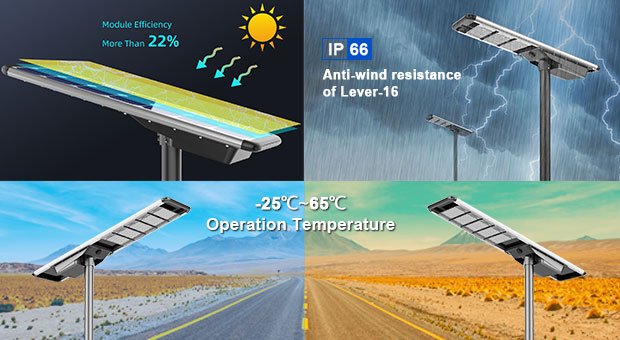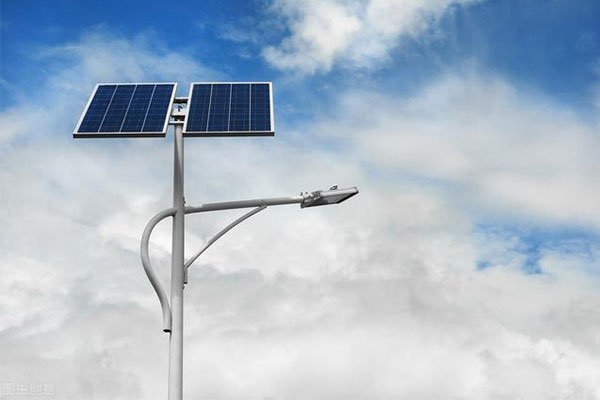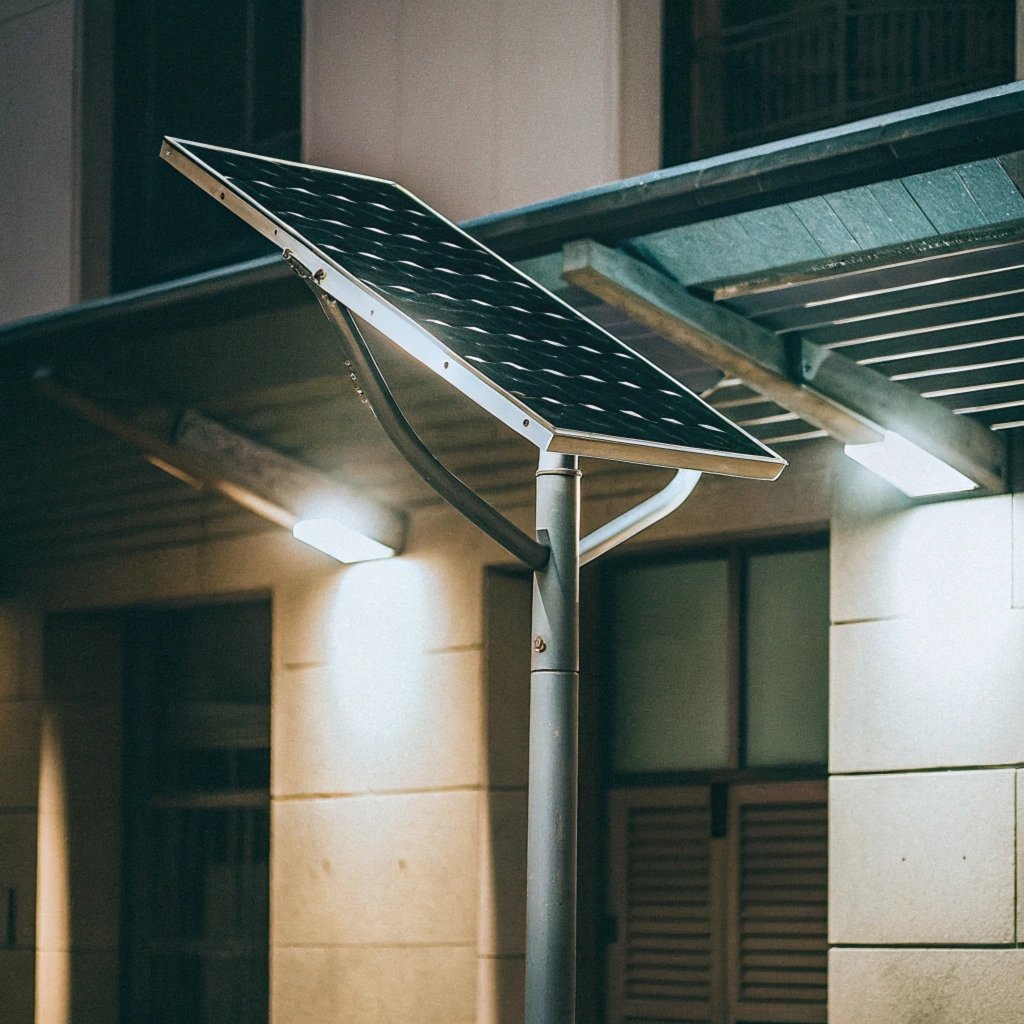
Choosing a solar street light can feel overwhelming due to the wide variety of options. How do you identify high-quality products that balance performance and cost?
To select the best solar street light, focus on solar panel efficiency, battery capacity, lumen output, build quality, and smart features. These factors ensure reliable performance tailored to your needs.
Understanding the key components of solar lighting systems will empower you to make an informed decision. Let’s explore the essential aspects step by step.
How Do I Choose the Best Solar Street Light?
Solar street lights are eco-friendly and cost-effective, but quality varies greatly. What makes one better than the other?
To choose the best solar street light, prioritize high-efficiency solar panels, long-lasting batteries, appropriate lumen output, durable materials, and trusted brands.
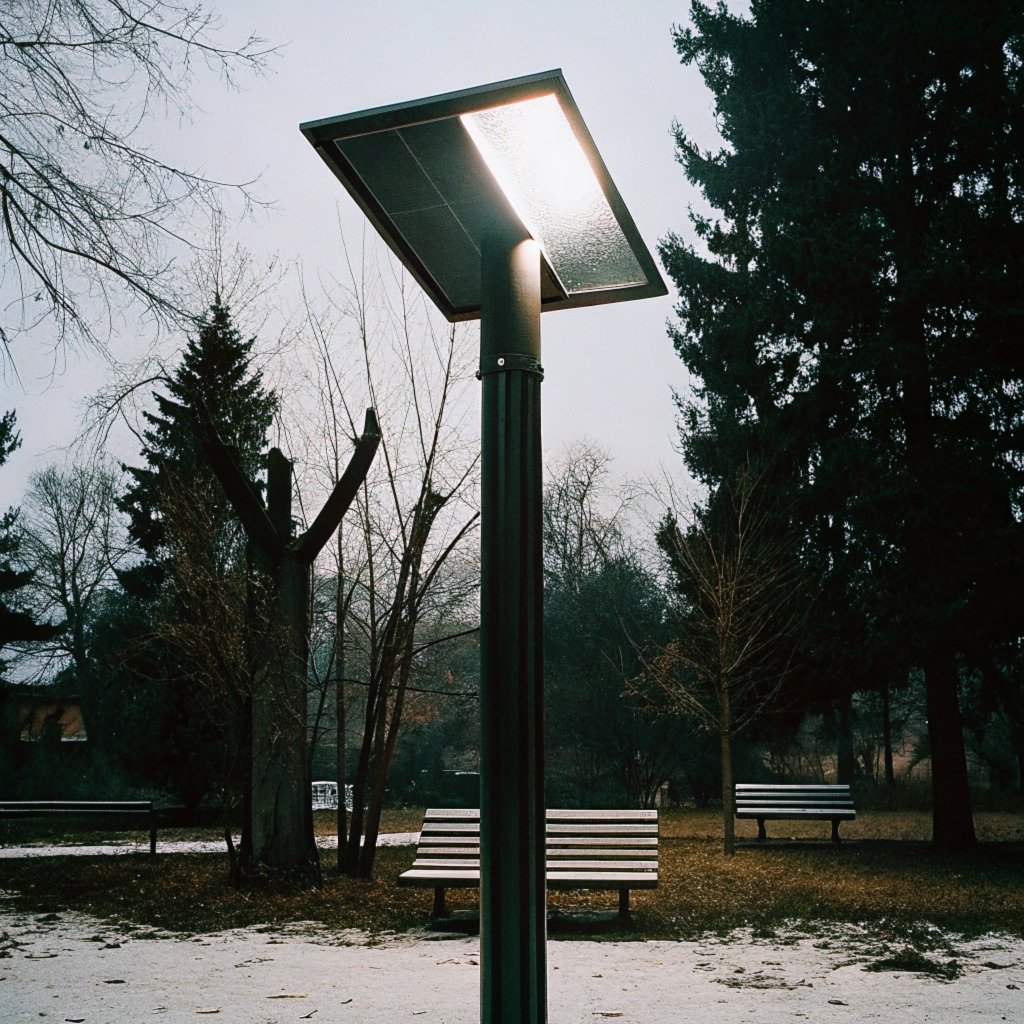
High-quality solar street lights must align with your specific needs. Whether for residential or commercial use, careful evaluation of core components is key.
Dive Deeper: Key Considerations for Solar Street Lights
Solar Panel Efficiency
Solar panels are the backbone of the system. Efficiency determines how much energy is captured.
Types of Panels:
- Monocrystalline: High efficiency (15%-20%), suitable for all climates.
- Polycrystalline: Affordable but less efficient.
- PERC Panels: Advanced technology for improved energy capture.
Practical Tip: In low-sunlight areas, choose monocrystalline or PERC panels to maximize energy output.
Battery Capacity and Type
The battery stores energy for nighttime use. Its capacity and lifespan are critical.
Common Types:
- Lithium batteries: Longer lifespan, compact design, high efficiency.
- Lead-acid batteries: Lower cost but shorter lifespan.
Pro Tip: For reliable backup, aim for 8-10 hours of battery life.
Lumen Output
Brightness is measured in lumens. This is more important than wattage.
| Application | Recommended Lumens |
|---|---|
| Pathway Lighting | 100-200 lumens |
| Security Lighting | 500-1000 lumens |
| Street Lighting | 2000+ lumens |
- Tip: Choose higher lumens for security and lower for ambiance.
How Many Lumens Do I Need for a Street Light?
Brightness impacts usability. How bright is bright enough for a street light?
For optimal street lighting, aim for 2000-4000 lumens. This range balances visibility and efficiency.
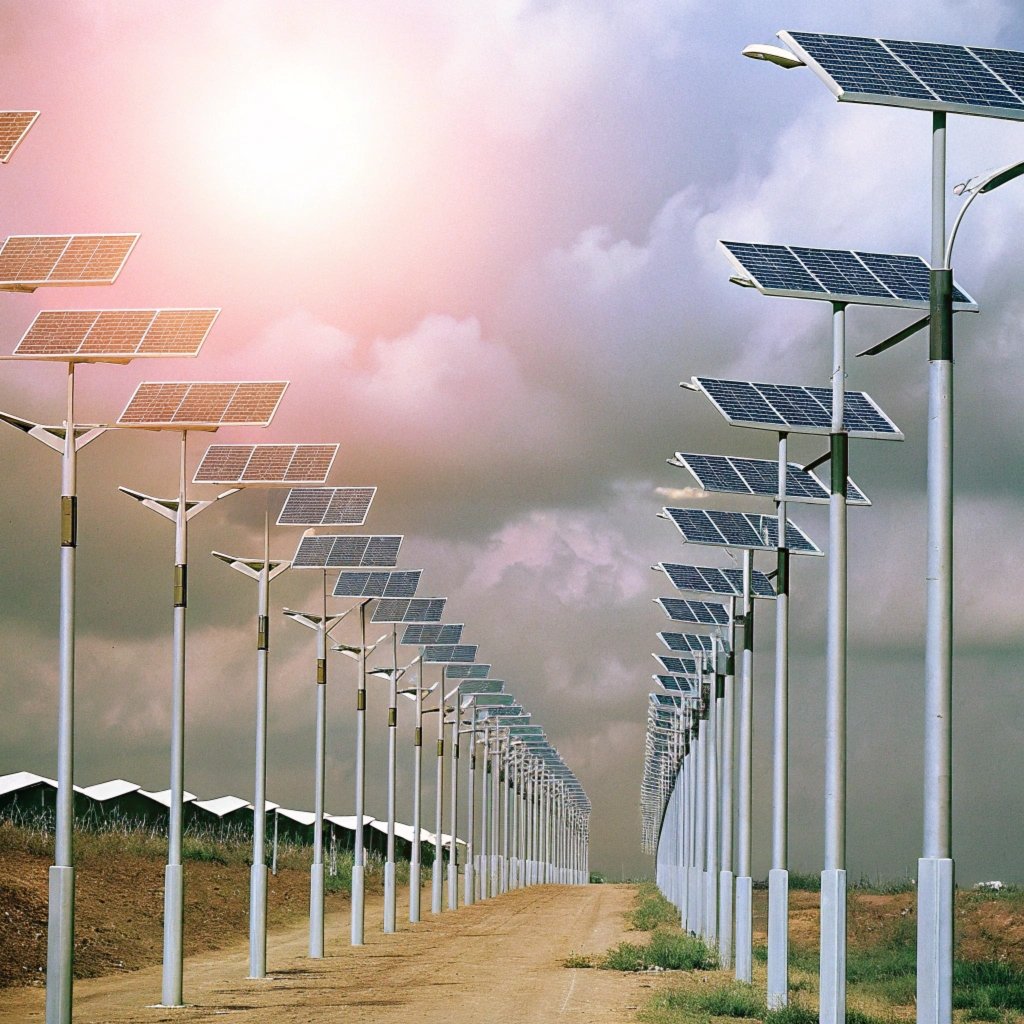
Higher lumens are ideal for large areas, while residential streets can use lights with lower ratings.
Dive Deeper: Lumen Output vs. Light Efficiency
Lumen output is only part of the story. Energy efficiency is equally important.
Understanding Lumens Per Watt (LPW)
- A light’s LPW indicates how efficiently it converts energy into brightness.
- Look for LEDs with a minimum of 100 LPW.
Application-Based Recommendations
| Use Case | Suggested LPW |
|---|---|
| Residential | 80-100 |
| Commercial | 100+ |
| Industrial | 120+ |
This ensures you save on energy costs without compromising illumination.
What Should I Look for When Buying Solar Security Lights?
Security lights must be dependable, responsive, and robust. What defines a great option?
When buying solar security lights, ensure motion sensors, high lumen output, durable materials, and an IP65+ rating for weather resistance.
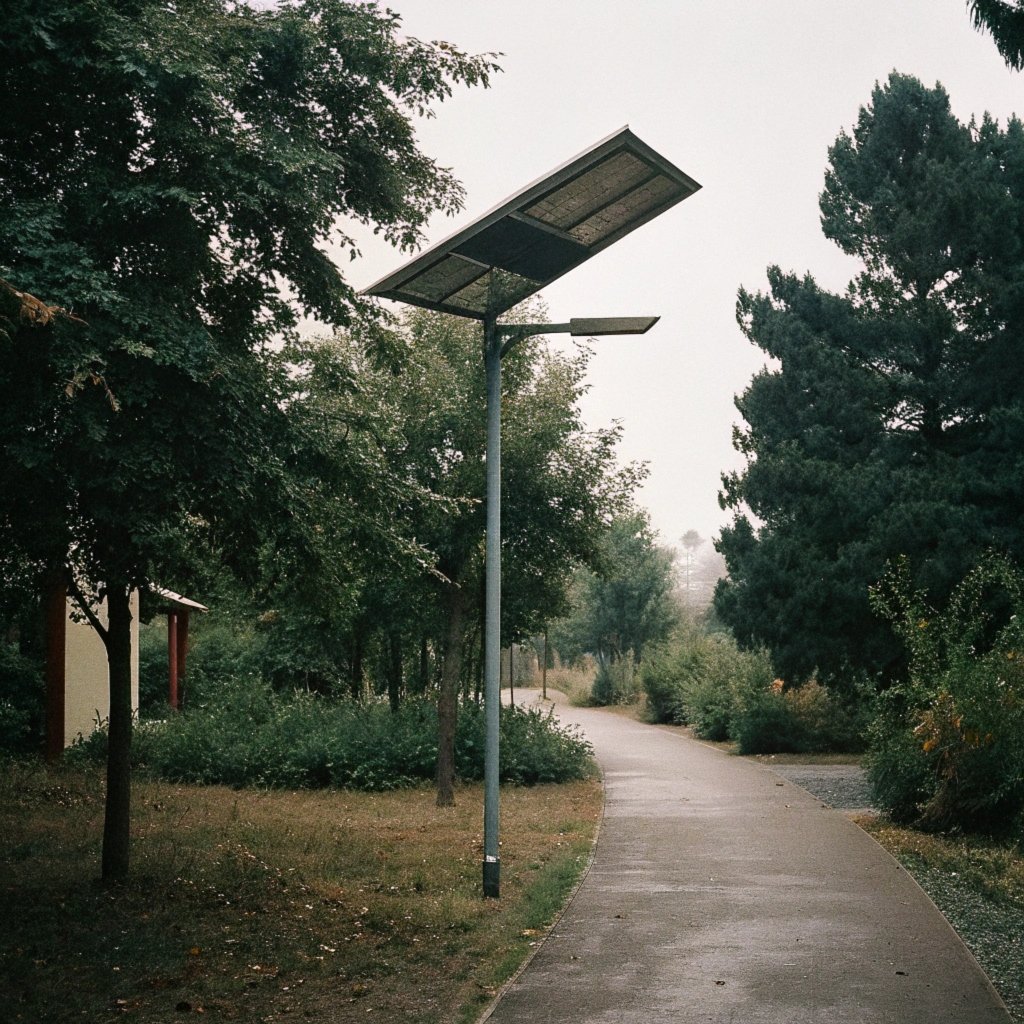
Dive Deeper: Essential Features for Solar Security Lights
Motion Sensors
- Why It Matters: Motion sensors conserve energy and enhance security.
- Look for adjustable sensitivity to suit your environment.
Weather Resistance
- IP Ratings:
- IP65: Resistant to dust and rain.
- IP67: Submersible, ideal for extreme weather.
Material Quality
- Metal (e.g., aluminum) ensures durability.
- Avoid low-grade plastics, which degrade quickly.
How Many Watts Should a Street Light Be?
Wattage often confuses buyers. Is higher always better?
For street lights, wattage is secondary to lumens. Focus on 20-50 watts for residential areas and 60-150 watts for commercial applications.
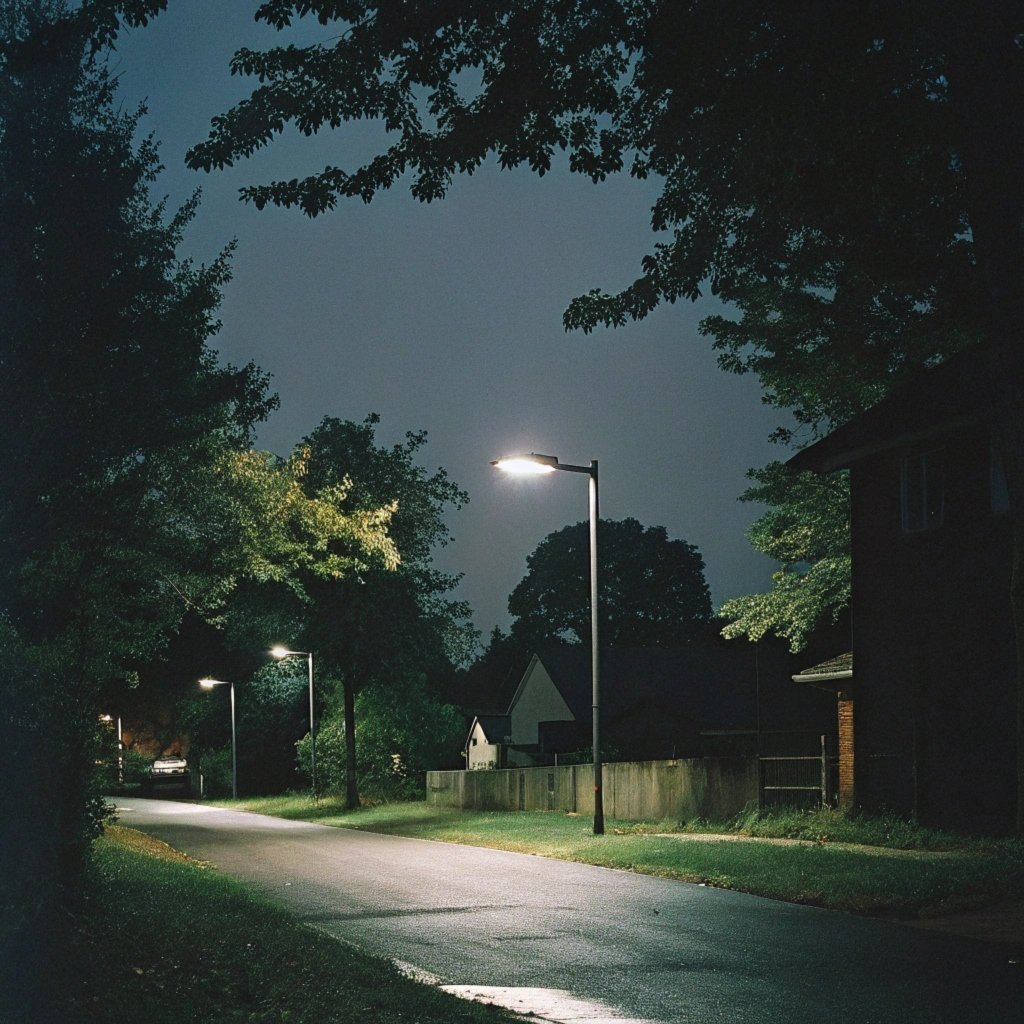
Wattage indicates energy consumption. High-watt LEDs can offer more brightness but may not always be efficient.
Dive Deeper: The Role of Wattage in Efficiency
Wattage and LED Performance
- LEDs provide more lumens per watt compared to traditional bulbs.
- Opt for systems that combine low wattage with high LPW.
Balancing Brightness and Efficiency
- Calculate lumen needs based on the area:
- Small Residential Areas: ~20 watts.
- Commercial Zones: 80+ watts.
Common Misconceptions
- Higher wattage doesn’t always mean brighter lights.
- Always cross-check wattage with LPW and lumen ratings.
Conclusion
Choosing the right solar street light involves evaluating panel efficiency, battery capacity, lumen output, build quality, and smart features. Tailor your choice to the application for best results.
Start your research today and invest in high-quality solar lighting that meets your unique needs and budget. Reliable systems ensure long-term performance and satisfaction.



